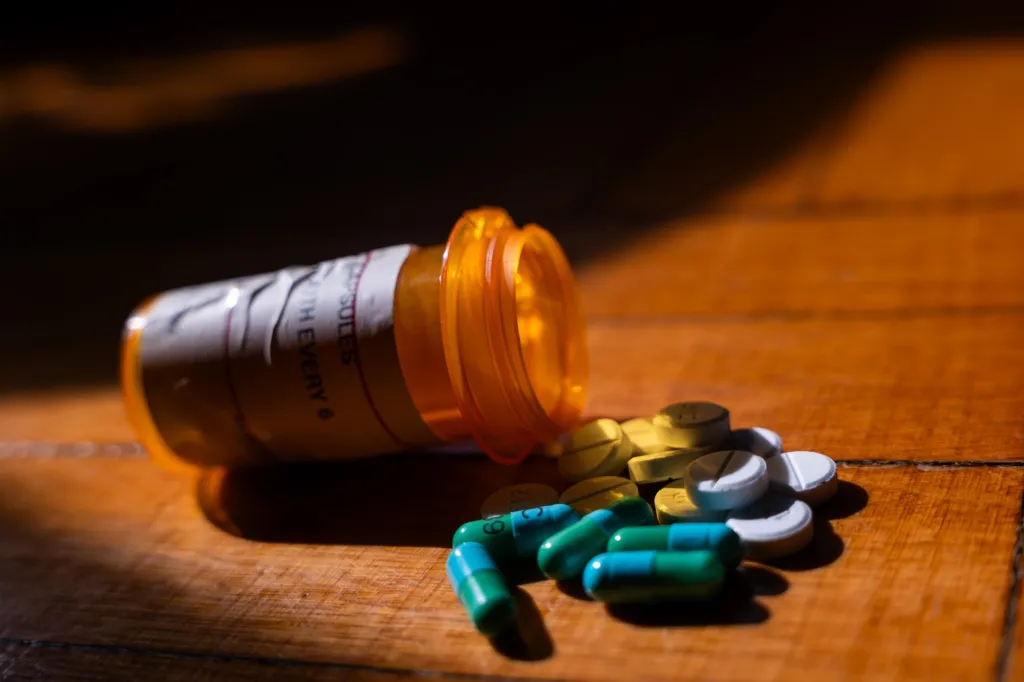
With the arrival of new fall programming, television viewers will once again be bombarded with advertisements for prescription drugs. But a recent executive order signed by President Trump has taken aim at these ads. While the order stops short of an outright ban, it seeks to increase transparency.
Pharmaceutical marketing aimed at consumers on network and cable television is a uniquely American phenomenon — only one other country, New Zealand, permits it. The first United States telecast of a prescription drug commercial aired in 1983. Since then, the number of such ads has skyrocketed, though their continued presence remains controversial.
The gradual development of drug marketing directed at the public is a compelling chapter in the history of American medicine. In the early days of the republic, the sick did not rely on written prescriptions. Physicians had few effective cures to offer. As a result, most people turned to home remedies. Prepared nostrums sold in local apothecaries were also common.
By the 19th century, commercially produced elixirs and pills became increasingly popular. These proprietary drugs were promoted directly to patients in newspapers and magazines. Companies concocted bizarre formulas and sold them without any physician involvement or oversight. There were no government regulations regarding drug safety, efficacy or advertising claims.
This laissez-faire attitude began to change in the early 20th century as science produced genuinely effective therapies. Physicians’ evaluations and prescriptions became necessary to obtain these more potent medicines. Meanwhile, the proliferation of ineffective over-the-counter products prompted new federal regulation.
In 1906, the Pure Food and Drug Act established the Food and Drug Administration, bringing the first serious oversight to pharmaceuticals.
Interestingly, regulators at the time considered making detailed information about all medications available directly to the public. The idea was to encourage patients to take a more active role in their care. But the medical establishment pushed back, concerned that such transparency might reduce office visits. Ultimately, the FDA decided that “ethical” drugs — those requiring a prescription — could only be marketed to physicians. Consumer-directed prescription drug advertising was prohibited.
For the next 60 years, the FDA grappled with how to manage drug promotion. The result was a flood of marketing materials aimed at doctors — and none at the public.
But that began to change in the 1970s with the rise of the patients’ rights movement. People started demanding more accessible information about medications. Both drug companies and the FDA were caught off guard. Pharmaceutical firms had long focused their efforts on wooing doctors, ignoring the public. The FDA, for its part, had not updated its rules to address the growing power of television advertising.
With no regulations explicitly forbidding it, on May 19, 1983, Boots Pharmaceuticals aired the first TV commercial for a prescription drug. The reaction was swift — and furious. Within two days, the federal government asked the company to voluntarily pull the ad. But the genie was out of the bottle. A new battle had begun: defining the rules for prescription drug promotion on television.
There were strong voices on both sides of the debate, and it took years — and several failed attempts — for the FDA to settle on clear guidelines. In 1997, the agency finally relaxed its stance, allowing drug companies to advertise on TV and other mass media, so long as certain requirements were met. Since then, the pharmaceutical industry’s spending on direct-to-consumer advertising has soared. In 2024, they spent an estimated $5 billion on advertising.
But the debate is far from over. Is pharmaceutical advertising informative — or manipulative?
Not surprisingly, drug companies argue that TV ads educate patients, make them more informed consumers and foster meaningful conversations with their doctors. Critics counter that this “Madison Avenue medicine” often glosses over risks, encourages overuse, strains doctor-patient relationships and drives up healthcare costs.
While the Trump administration plans to take a closer look at the practice, it seems likely that your favorite television shows will continue to be interrupted — not just by ads for beer, but also for ways to treat your psoriasis, diabetes and sexual dysfunction. Happy viewing.
Jonathan L. Stolz is a retired physician and a resident of James City County.



